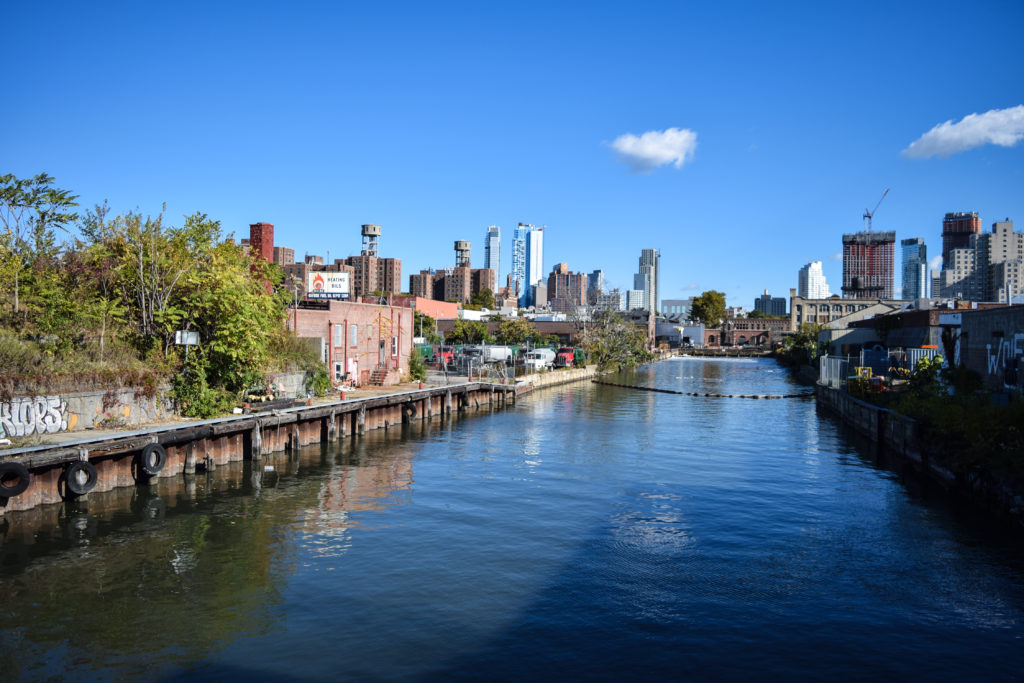The Gowanus Canal will never be clean
New development will ensure the canal mantains its reputation as "The Lavender Lake" far into the future.

The first time a Brooklynite formally complained about the raw sewage that had plagued his Gowanus Canal-side real estate investment, the man wrote a strongly worded letter to the common council of Brooklyn, claiming that the stench “injured the health of his wife” and “killed his father in law.” A local alderman by the last name Greene stood up and said he knew the land and this man, and if he took the city to court the man would win —”I wouldn’t take this land as a present,” said Alderman Greene. The year was 1861.
Since this meeting that predates the Civil War we’ve had dozens of mayors and probably hundreds of thousands of thunderstorms in this region. Perhaps shocking to Brooklynites today is that, now, 158 years later, the city has not yet finished cleaning the Gowanus Canal. Chances are it never will.
Lining its bottom is millions of cubic feet of toxic black mayonnaise, a combination of coal tar and sewage that sticks to the bottom of the canal at a depth of up to 10 feet thick. Yes, toxic pollution is a major problem in the Gowanus; it is why the EPA has made its formal presence. Yet into the Gowanus’ waters, even today, pour 250-350 million gallons of untreated raw sewage annually, particularly when it rains.
